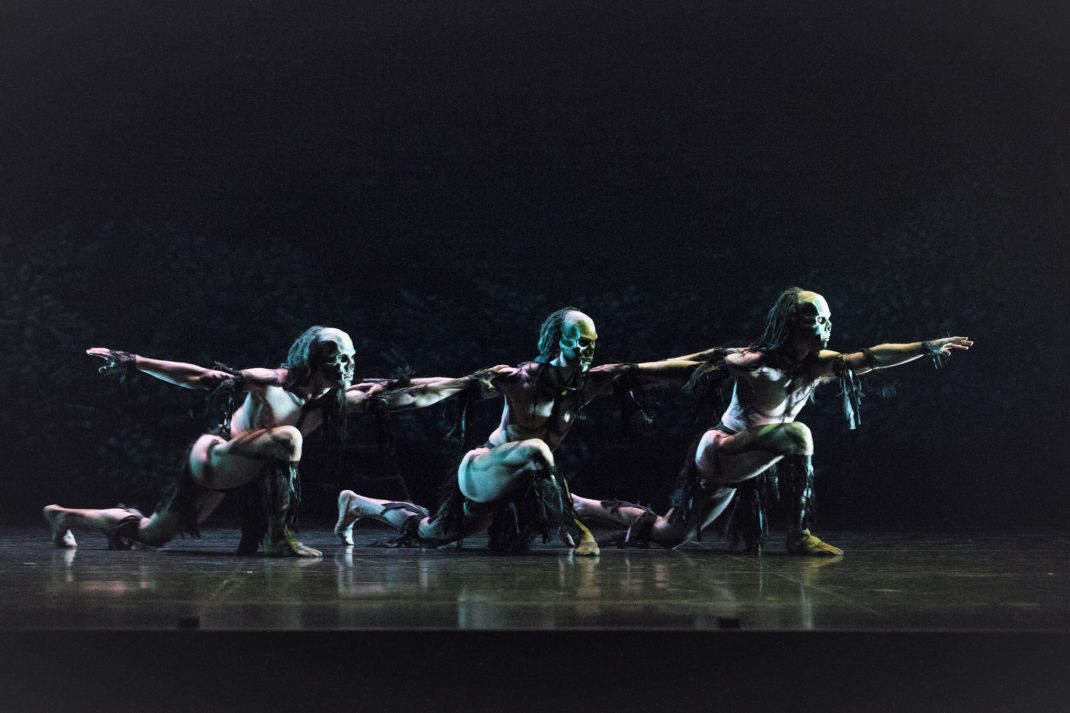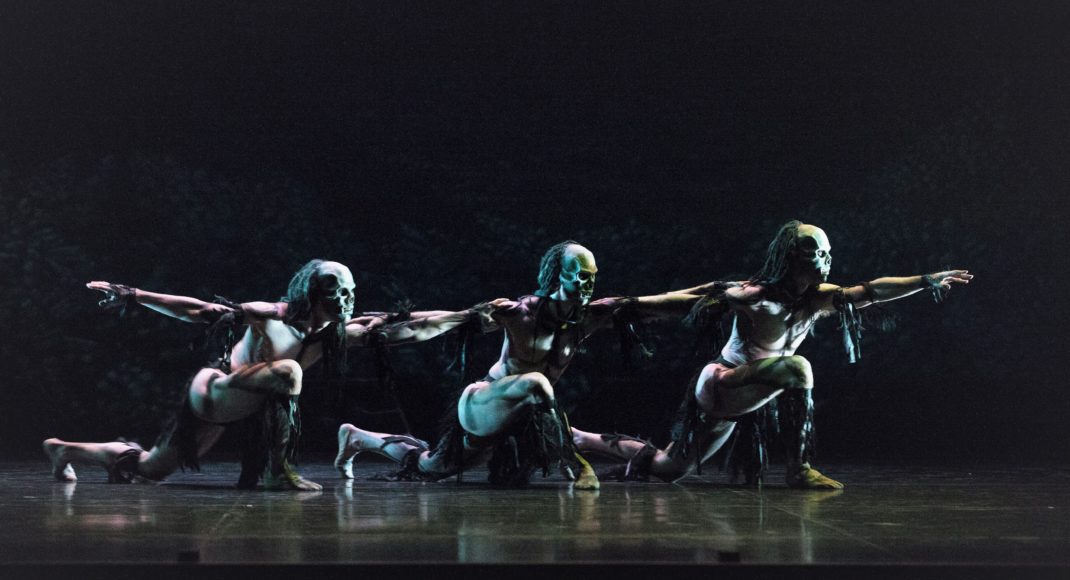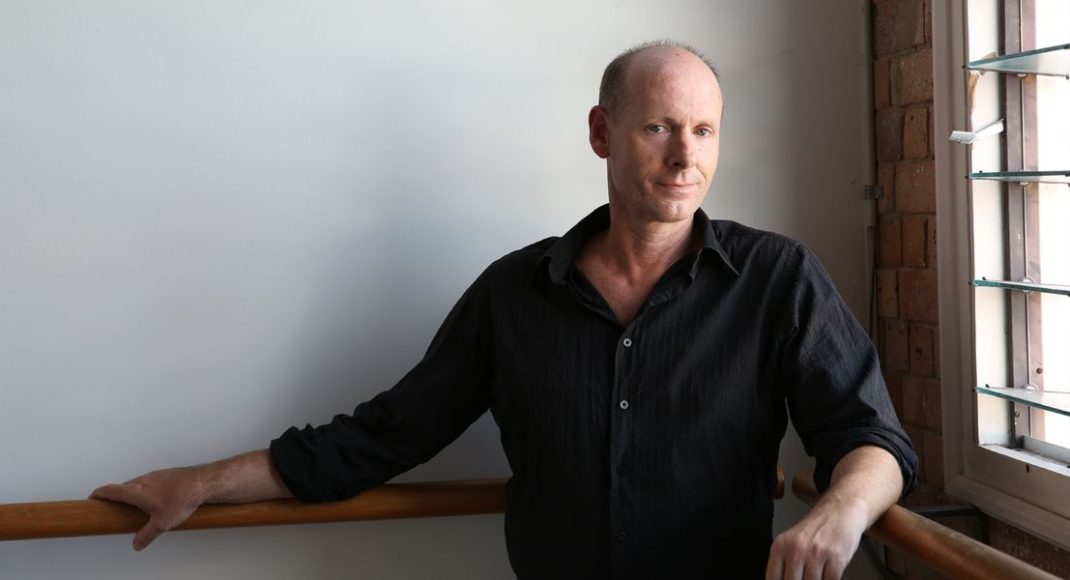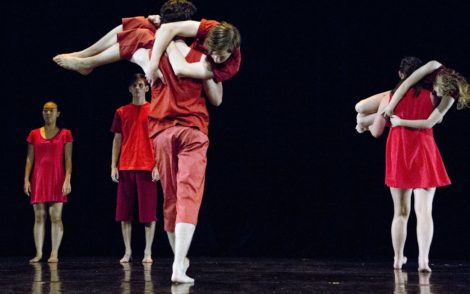17 March 2017, Playhouse, Queensland Performing Arts Centre, Brisbane
One of the most refreshing aspects of Queensland Ballet’s current vision is contained in its repertoire. If Li Cunxin can’t always give us a live musical accompaniment, as was the case with the RAW program, he will always present us, especially in a triple bill, with a program that is provocative or filled with choreography that demands attention in some way.
RAW began with Liam Scarlett’s No Man’s Land, a work made in 2014 to commemorate the centenary of World War I. It was created on English National Ballet and my review of ENB’s production is at this link. The work was very nicely staged on Queensland Ballet by Yohei Sasaki, ENB’s repetiteur. It is a beautifully conceived, designed, lit, and choreographed work, and all the best qualities I recall from my previous experience had transferred well to Queensland Ballet.
This time, with the benefit of having seen the work already, I particularly noticed the group sections from both men and women. I was especially admiring of the swirling, breathtaking lifts, often with airborne elements, during a pas de six between three of the women and their partners; the subsequent pas de deux each of the pairs then executed; and the subtle and moving way the women parted from their men at the end of each pas de deux.
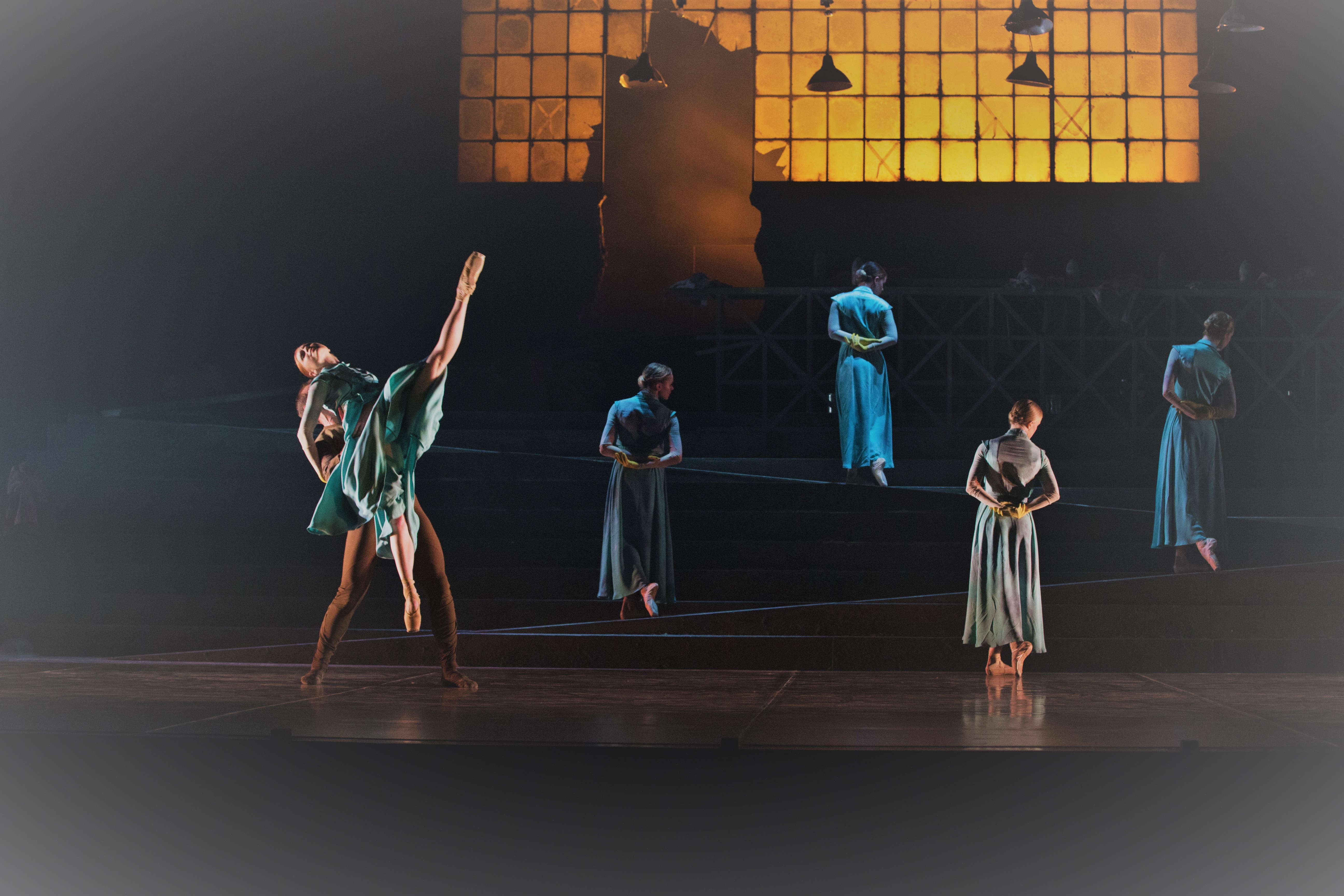
There was also more emotion than I remembered from the previous occasion in the way the women sat, at times, on the raised area of the set as the men engaged in war activities on the lower space. It was the remarkable Mia Heathcote who drew my attention to this quietly dramatic aspect of the work. There she sat, scrunched over, feeling the pain throughout her body, and making me feel the pain as well.
If No Man’s Land opened the program with a flourish, Christopher Bruce’s Ghost Dances closed it with equal strength. It probably has extra resonance for those of a certain age who recall the once ubiquitous sound of the haunting music of the Andes, and Chile in particular, played by Inti-Illimani. Ghost Dances, made by Bruce originally in 1981, is set to this music. But this is not to detract from the work’s inherent political message concerning the effects of political coups on the population of the country involved, specifically in this case the 1973 coup d’état in which Augusto Pinochet came to power in Chile.
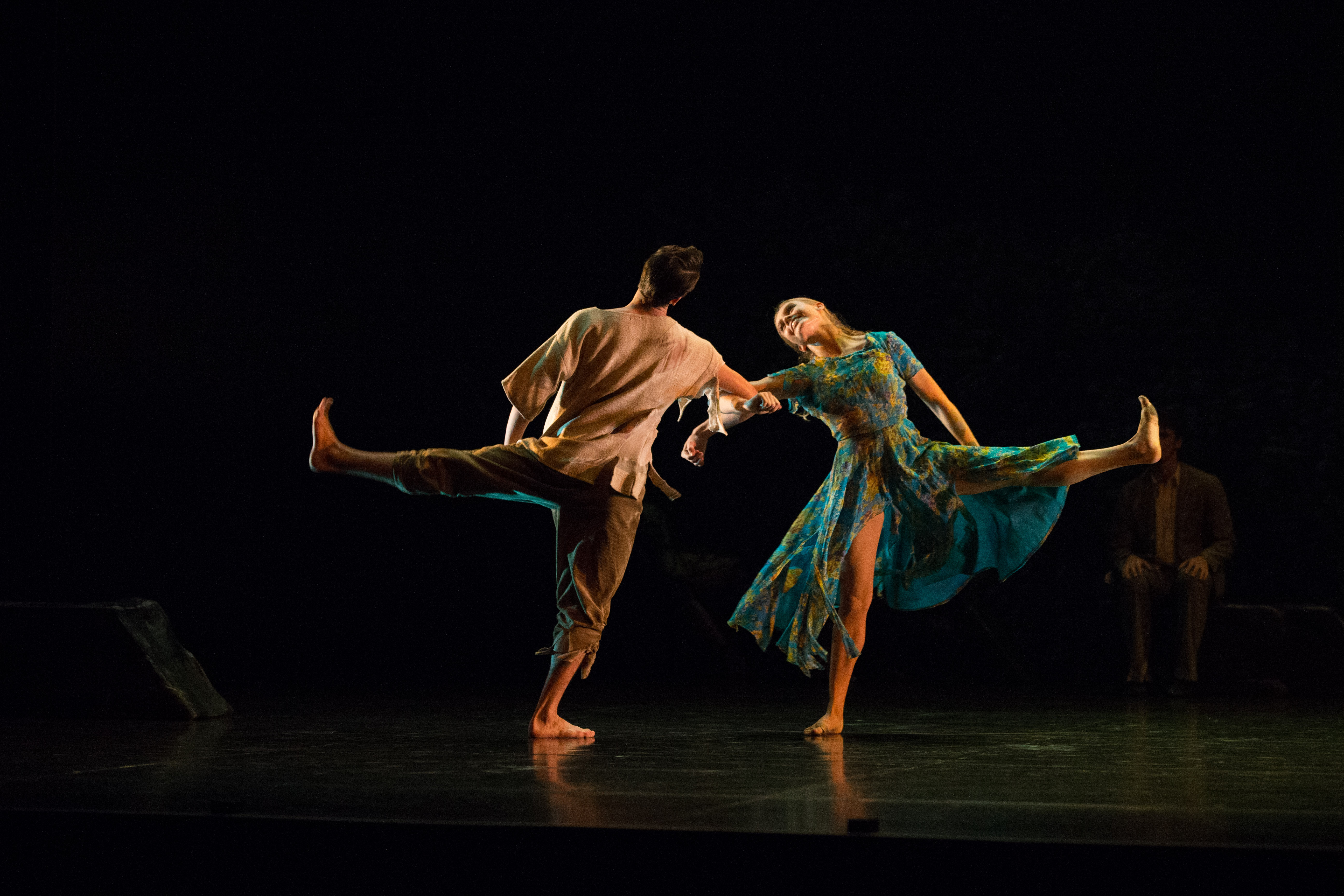
Bruce’s choreography is somewhat eccentric, although it fits the music beautifully. And, to their credit, the dancers of Queensland Ballet managed with aplomb the tilts and bends of the body and sometimes the head and neck, the upturned feet, and the ever-flowing movement. The three ghost figures wove their way, insidiously, into the popular dancing. Their presence was powerful and meaningful and the exit of the ‘common folk’ at the end, leaving the ghost figures alone on stage, was stark but expected.
In between these two moving and powerful works was Greg Horsman’s Glass Concerto, which Horsman has been working on in stages over a number of years. There were some outstanding technical fireworks, especially in the third movement with very fast chaîné turns from all involved, and some spectacular jumps as well. But the opening movement reminded me rather too much of Twyla Tharp’s In the Upper Room as the dancers disappeared into upstage fog, and I longed for more fluidity in the choreography.
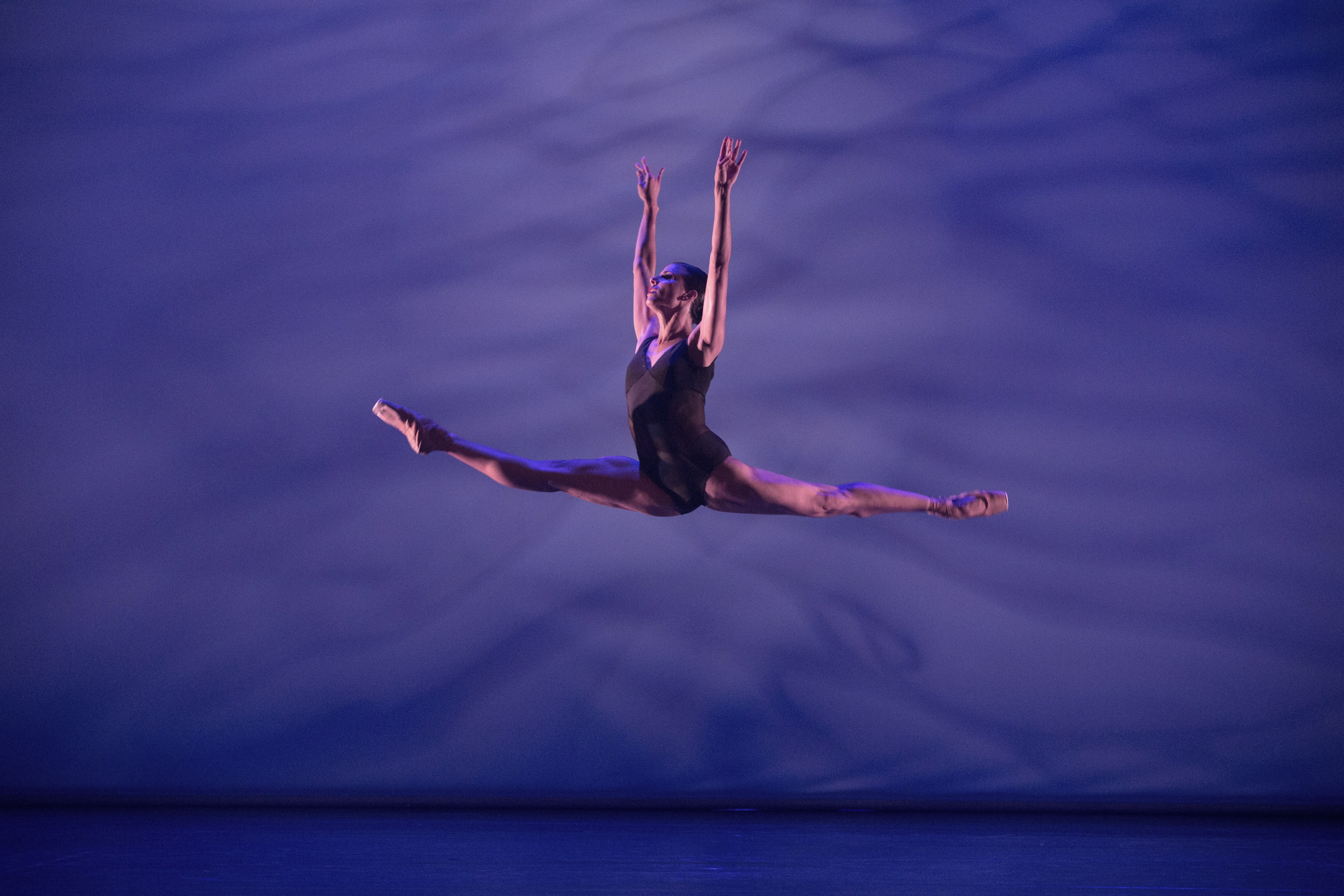
Michelle Potter, 18 March 2017
Featured image: The three ‘Ghost Figures’ from Ghost Dances, Queensland Ballet. Photo: © David Kelly
